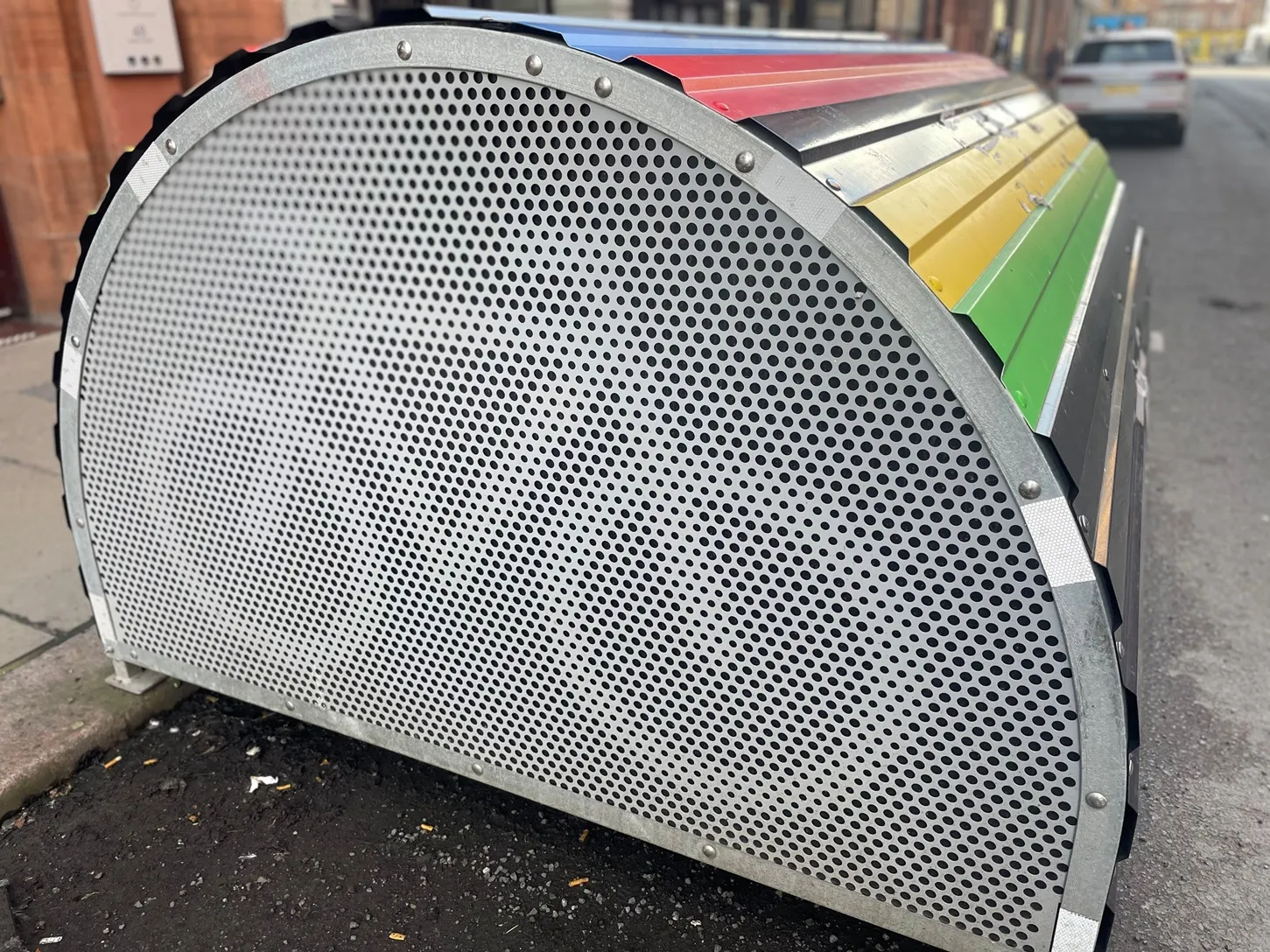Bus passengers in London can now use their use their contactless debit, credit or charge card to touch in on the yellow Oyster card readers and pay the single Oyster fare on any of London's 8,500 buses. Introducing the scheme, Transport for London (TfL) says the new payment option will also be good news for the approximately 36,000 people per day who board a bus and find they have insufficient pay as you go balance on their Oyster to pay for their journey as they will be able to use the other card they may
December 14, 2012
Read time: 4 mins
Bus passengers in London can now use their use their contactless debit, credit or charge card to touch in on the yellow Oyster card readers and pay the single Oyster fare on any of London's 8,500 buses.
Introducing the scheme,1466 Transport for London (TfL) says the new payment option will also be good news for the approximately 36,000 people per day who board a bus and find they have insufficient pay as you go balance on their Oyster to pay for their journey as they will be able to use the other card they may have in their wallet - their contactless payment card - to pay their fare.
At first, paying for travel using a contactless payment card will only be available on London's buses, and will not include daily price capping.
The flat fare structure on buses simplifies the introduction of contactless payment and ensures it is successful before rolling it out to the wider transport network.
By the end of 2013, customers will be able to use a contactless payment card to also pay for travel on London Underground, Docklands Light Railway, London over-ground railway and trams and daily and weekly price capping will be included at this stage.
Discussions are also underway with the train operating companies that serve London about accepting contactless payment cards on National Rail services where Oyster is currently accepted.
TfL claim this widespread acceptance of contactless payment cards is a leading-edge development and will be a world first once it is integrated on all modes of transport in London. TfL will also become one of the world's largest single merchants accepting contactless payment cards when the scheme is fully rolled out.
“Making it easier and more convenient for people to travel around London is a key priority for us and offering contactless payment on London's buses, alongside Oyster, is the first step in becoming the world's first transport network where customers can travel between bus, underground and rail by touching in with a contactless payment card.,” says Shashi Verma, TfL's Director of Customer Experience.
Mayor of London, Boris Johnson, said: “Lots of us have had the frustrating experience of dashing to board a bus only to discover that our Oyster card has run out of credit. So the arrival of this latest technology is welcome news, meaning that with a simple touch of a contactless payment card, people can avoid having to scrabble for change and also still benefit from the Oyster fare discount. This is the latest in a range of ways we are working to make passenger journeys even easier and more convenient.”
TfL has worked closely with the banking and payments industry, including1750 American Express, 1756 MasterCard, 1758 Visa Europe and card issuers, to bring contactless payment to London's transport network.
The Oyster readers on all of London's buses have been upgraded to accept contactless payments alongside Oyster transactions and the software has been approved by all the major payments schemes and confirmed as meeting the security requirements of the global financial services industry.
Contactless payment is one of a series of new measures being introduced to make it easier and more convenient for customers to do business with TfL.
Recent improvements with the Oyster online accounts, that are available to all registered Oyster users, include emailed weekly or monthly journey history statements and the facility to request a refund for a maximum fare.
Future developments include a new TfL website that will launch next year providing a more personalised experience for users and the streamlining of the multiple phone numbers to contact TfL into one number.
Introducing the scheme,
At first, paying for travel using a contactless payment card will only be available on London's buses, and will not include daily price capping.
The flat fare structure on buses simplifies the introduction of contactless payment and ensures it is successful before rolling it out to the wider transport network.
By the end of 2013, customers will be able to use a contactless payment card to also pay for travel on London Underground, Docklands Light Railway, London over-ground railway and trams and daily and weekly price capping will be included at this stage.
Discussions are also underway with the train operating companies that serve London about accepting contactless payment cards on National Rail services where Oyster is currently accepted.
TfL claim this widespread acceptance of contactless payment cards is a leading-edge development and will be a world first once it is integrated on all modes of transport in London. TfL will also become one of the world's largest single merchants accepting contactless payment cards when the scheme is fully rolled out.
“Making it easier and more convenient for people to travel around London is a key priority for us and offering contactless payment on London's buses, alongside Oyster, is the first step in becoming the world's first transport network where customers can travel between bus, underground and rail by touching in with a contactless payment card.,” says Shashi Verma, TfL's Director of Customer Experience.
Mayor of London, Boris Johnson, said: “Lots of us have had the frustrating experience of dashing to board a bus only to discover that our Oyster card has run out of credit. So the arrival of this latest technology is welcome news, meaning that with a simple touch of a contactless payment card, people can avoid having to scrabble for change and also still benefit from the Oyster fare discount. This is the latest in a range of ways we are working to make passenger journeys even easier and more convenient.”
TfL has worked closely with the banking and payments industry, including
The Oyster readers on all of London's buses have been upgraded to accept contactless payments alongside Oyster transactions and the software has been approved by all the major payments schemes and confirmed as meeting the security requirements of the global financial services industry.
Contactless payment is one of a series of new measures being introduced to make it easier and more convenient for customers to do business with TfL.
Recent improvements with the Oyster online accounts, that are available to all registered Oyster users, include emailed weekly or monthly journey history statements and the facility to request a refund for a maximum fare.
Future developments include a new TfL website that will launch next year providing a more personalised experience for users and the streamlining of the multiple phone numbers to contact TfL into one number.









